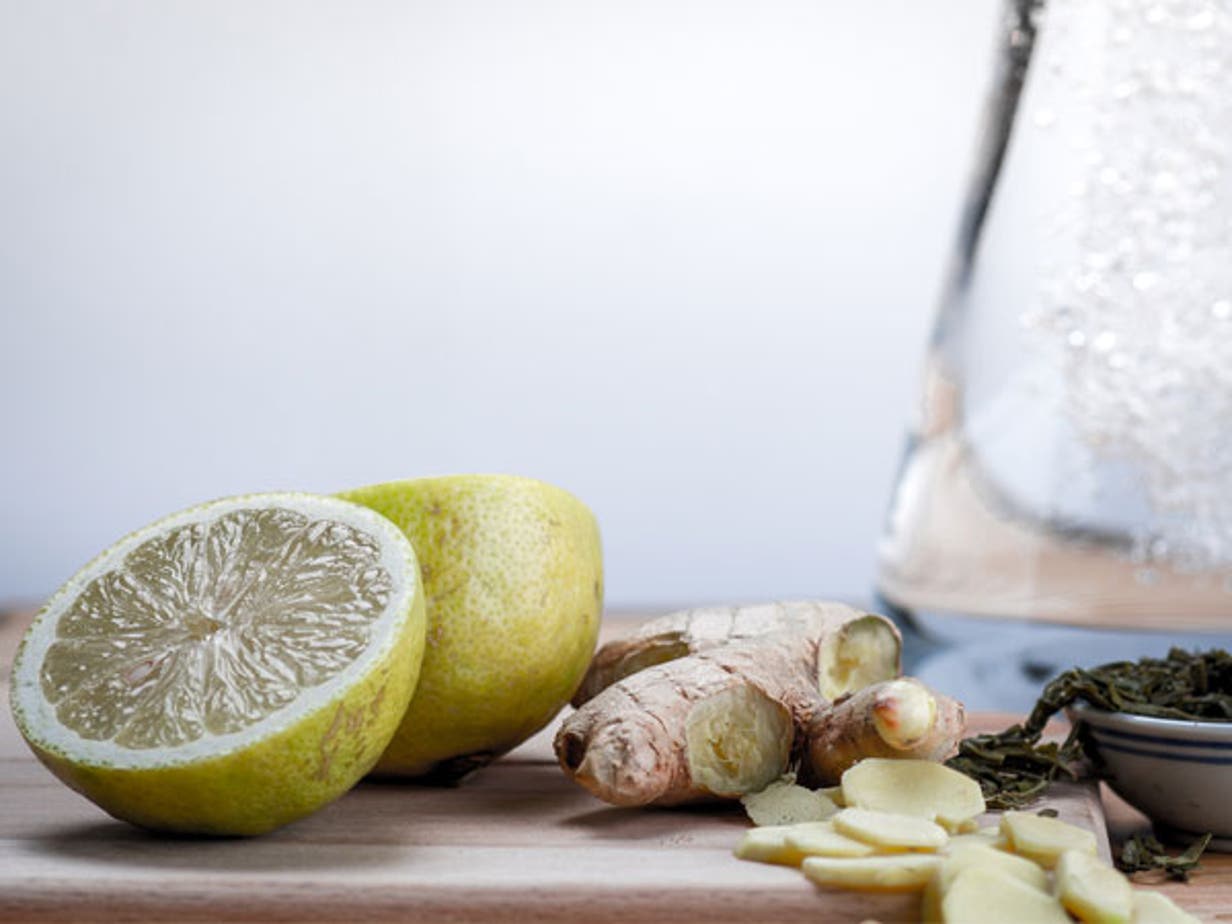Depending on which spice you choose, they have different effects: they invigorate, put us in a good mood and keep us warm. And of course, don’t forget how much taste they add to any dish.
Spices used in food used to depend very much on the region. For example, Chili was used in South and Central America, whereas cumin, cinnamon and cilantro in the Middle East. Now we have a large variety of spices and aromas available to choose from. The combinations are greater than ever before.
Chili
Chilis are the small, sometimes cruel peppers that may cause some of us to have tears in our eyes and sweat on our foreheads. The substance capsaicin, which gives the chili its spiciness, is responsible for this. With 200,000 – 350,000 Scoville units, the habanero chili is one of the spiciest in the world. In comparison: A simple bell pepper has a value from 0 to 100 Scoville units. Through capsaicin, pain receptors are activated, which causes our body to react with the release of endorphins. In addition to the euphoric effect, chili also has antioxidant and antibacterial properties.
Just beware: an overdose may lead to circulatory problems! But if the small shells are used in the right quantity, they can refine many dishes and make them into a real flavor explosion.
Tip: Do not drink any water if you have too much. Only milk or bread can help handle the spiciness.
Pepper
Everyone has it in their pantry. Pepper is the most used spice in the world and has become a mass-produced product over the past few years. Pepper was once of the most valuable commodities and was used as a method of payment. Pepper has its origins in India, whereby the different pepper types are different depending on the time of their harvest and processing. Piperine is what makes pepper so spicy. It stimulates the circulation and will quickly warm your feet up if they get cold. Pepper also has antibacterial and appetizing properties and therefore supports the digestive system.
Tip: The essential oils found in pepper evaporate quickly resulting in the pepper losing its aroma. In order to avoid this, it’s best to buy peppercorns and grind them freshly before use.

Ginger
Ginger is a standard Chinese medicine and was only used as a remedy for many years. Now we can find ginger in a variety of forms: candied, pickled in vinegar or as a powder. In addition to essential oils, ginger contains the spicy substances of gingerol and shogaol, which have an anti-inflammatory effect. Ginger influences our intestinal flora and thereby helps with digestion problems and cramps. Furthermore, it gives us many minerals, vitamins and micronutrients that provides you with power and energy.
Tip: Ginger tea is an effective remedy for colds and can be quickly and easily prepared. Simply cut a piece of ginger into strips and cover with hot water and leave for a few minutes.
You still want to find out more about spices? Here you will find a recipe for a delicious oriental spice mix to fight any flu and keep you warm.
What you need:
- 2 tsp sea salt
- 2 tsp rosemary
- 1 tsp fennel seed
- 2 tsp dried paprika
- 1/2 tsp chili
- 1 tsp aniseed
- 1 tsp clove
- 1 tsp cinnamon
- 1 tsp cumin seed
- 2 tsp cilantro seed
- 1 tsp peppercorn
- 1/2 ground ginger
Mix all ingredients together and then grind with a mortar as desired. This spice mix is particularly good for seasoning vegetables or baked potatoes, as a marinade for meat or to season couscous dishes.
What’s your favourite spice? Any recipes you want to share? We want to know. Leave a comment below.